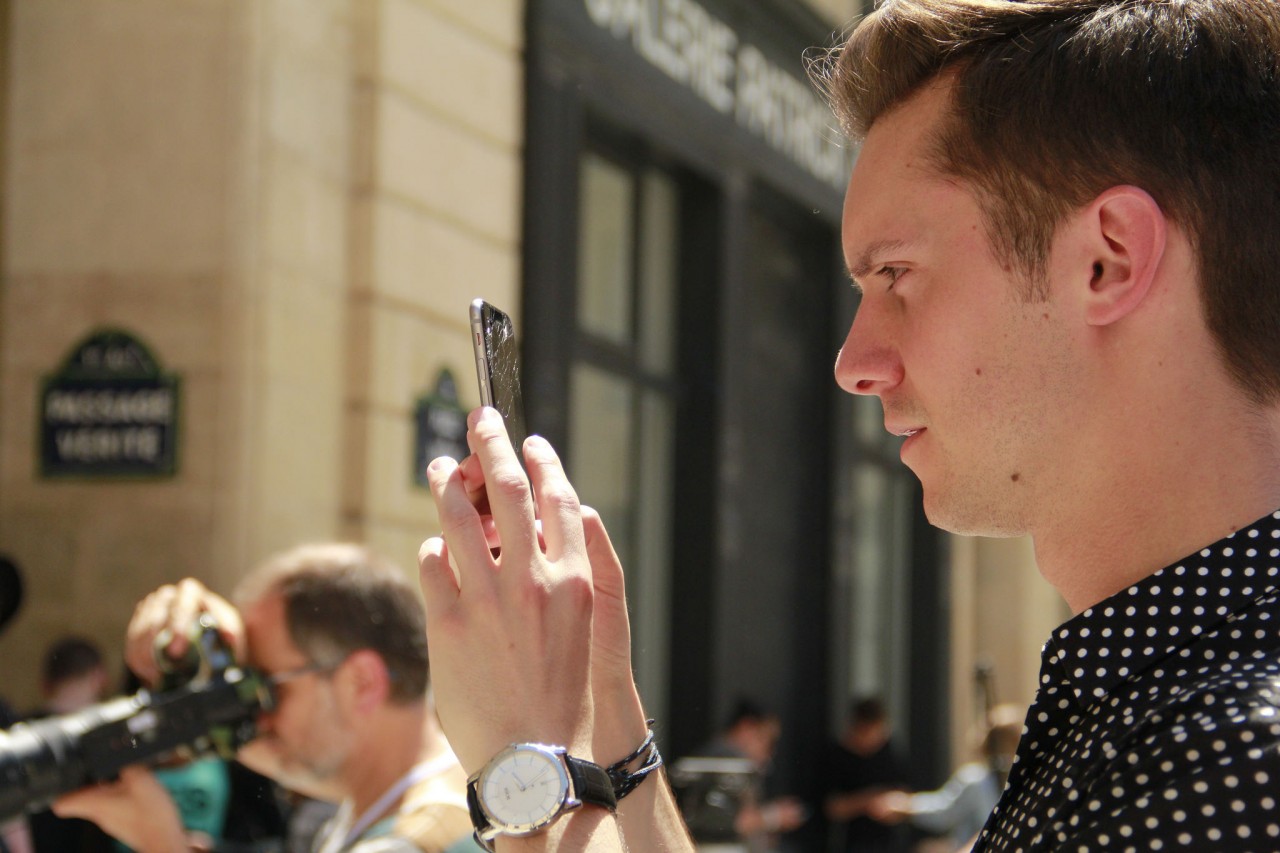Facebook Live, the social network’s live broadcast platform, exploded into the consciousness of news organizations – literally – back in April. BuzzFeed’s watermelon/rubber band virality experiment, silly as it was, provided newsrooms a glimpse of the power this tool can hold, even in its infancy.
It hasn’t taken long, however, for Facebook Live to grow up.
In the past month, Facebook Live has broadcasted to the world everything from a Congressional sit-in for gun control to the immediate aftermath of a police officer shooting an African-American man during a traffic stop in Minnesota.
Broadcast newsrooms, in particular, seem primed to shine on a platform like Facebook Live. They’re already used to going live multiple times a day and employ talent who are already comfortable on air. The key, though, will be a willingness to tell stories in different ways than they’re told on TV or radio.
“For us, Facebook Live is a sandbox, allowing us to experiment – not only technically but also editorially,” said Lori Todd, social editor at NPR. “We’re continuing to try out more of our staff on camera to find who resonates with the audience, as well as pairing together reporters and editors who haven’t worked together before. We’re even piloting new content ideas that might have life beyond this platform.”
Todd is particularly proud of a series of live science videos with NPR science reporter Adam Cole. In these broadcasts, Cole interviews scientists at Smithsonian museums live from their labs. In the first video, he talked dinosaur and paleobiology live from the National Museum of Natural History.
“This video is significant for a number of reasons, from audience engagement (where we’re integrating user comments/questions into the video live, as well as the comment interaction we’re doing as ‘NPR’ while live) to the handmade visuals that have been crafted for the series,” Todd said. “While we’re thinking about how to do this live, we are also imaging that some of these videos can and should have life after the fact. We hope to take this series and edit it in many different formats for different platforms.”
A peek behind the curtain
Many local TV stations, along with live broadcasts from breaking news scenes and press conferences, are using Facebook Live as a way to let viewers behind the curtain – whether it’s taking them along for the actual reporting of a story, a Q&A from the set, a tour of the control room or simply showing banter between the anchors.
“No matter how you use it, it’s all about engagement,” said Delaine Mathieu, an anchor at WOAI-TV in San Antonio, Texas. “It’s a unique way to connect with your viewers like never before. Every journalist, in every medium, should be using it.”
WOAI and its sister station, KABB-TV, along with many other stations throughout the country, are experimenting with broadcasting entire newscasts via Facebook Live. They’ve also seen particular success with Facebook Live in breaking weather situations, allowing meteorologists to go live for hours without the typical complaints from viewers that they’re covering up programming – or broadcasting at hours where more users are likely to be on Facebook than watching TV.
The strongest potential for Facebook Live, however, is in its sheer numbers. As Jonathan Klein, the former CNN president, recently told the New York Times, Facebook is doing things with Facebook Live that “a cable news network could only dream of doing.” Having more than a 1.6 billion users means Facebook has 1.6 billion news bureaus to broadcast news, Klein told the paper.
It also has many wondering what’s in store for the future.
“This is no fad,” Mathieu said. “I can see Facebook starting an online news network.”
It’s a point echoed by Klein, who told the New York Times that Facebook “could become the most intelligent cable news network ever built.” Whatever happens in the future, news organizations are using the present to reach new viewers in new ways.
“It’s too soon to say where all this is headed, but we feel we can learn a lot by being active participants,” Todd said.
Dale Blasingame is a senior lecturer in the School of Journalism and Mass Communication at Texas State University in San Marcos, Texas. He teaches digital journalism courses, including classes covering the fundamentals of digital media, web design and publishing, digital media entrepreneurship and social media analytics. Prior to teaching, Blasingame spent nine years as a TV news producer and won two regional Emmy awards. More information at daleblasingame.net.


